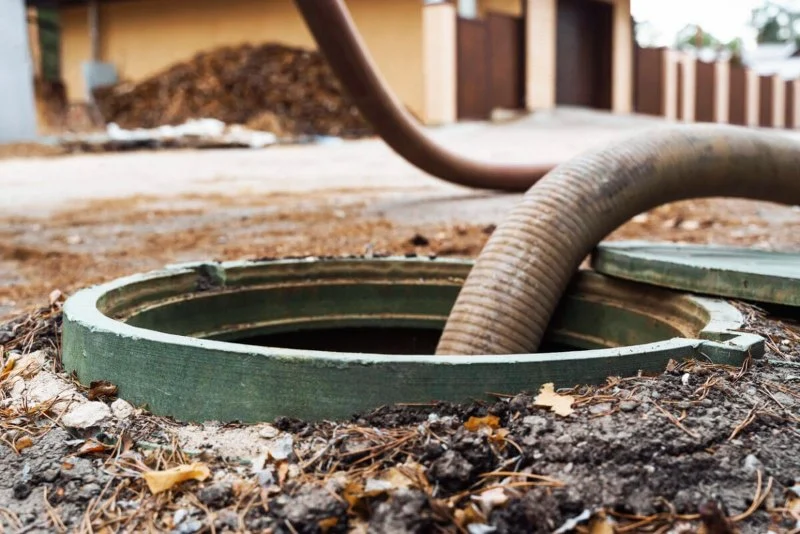
- 1. Introduction to Septic Drain Field Maintenance
- 2. Step-by-Step Guide to Cleaning a Septic Drain Field
- 3. Common Issues with Septic Drain Fields
- 4. Tools and Materials Needed for Cleaning
- 5. Real-Life Septic Drain Field Cleaning Stories
- 6. How to Prevent Future Septic Drain Field Problems
1. Introduction to Septic Drain Field Maintenance
Septic systems are an essential part of many homes, especially those in rural areas. A well-maintained septic drain field is crucial for proper waste disposal. Over time, the drain field can become clogged or saturated, leading to costly repairs and potential health hazards. This guide will walk you through the proper steps to clean your septic drain field safely and efficiently, ensuring the longevity and functionality of your septic system.
2. Step-by-Step Guide to Cleaning a Septic Drain Field
Cleaning a septic drain field is not a one-size-fits-all task. It requires careful planning, the right tools, and a methodical approach to avoid damaging the system. Here’s a step-by-step guide:
- Step 1: Locate the Septic Tank and Drain Field
Before you begin cleaning, locate your septic tank and drain field. This will help you assess the areas that need cleaning and ensure you're targeting the right sections of your system. - Step 2: Pump the Septic Tank
Start by pumping out the septic tank. A full tank can contribute to drain field issues. Removing the solids from the tank reduces the strain on the system and helps prevent clogs in the field. - Step 3: Inspect the Drain Field
Once the tank is emptied, inspect the drain field. Look for any obvious signs of standing water, wet spots, or odors, which indicate that the system is not functioning properly. - Step 4: Clear Debris and Obstructions
Remove any debris or obstructions from the drain field area, such as fallen leaves, branches, or dirt that might be blocking the flow of water. - Step 5: Flush the Drain Field
If there are no major obstructions, flush the drain field with clean water to help break up any sludge or bio-mat buildup. Use a hose with a gentle stream of water to avoid damaging the field. - Step 6: Regular Maintenance
Regularly maintaining your septic system is crucial. Schedule professional inspections and pump the septic tank every 3-5 years to prevent issues from recurring.
3. Common Issues with Septic Drain Fields
Even with regular maintenance, septic drain fields can face a variety of issues. Some of the most common problems include:
- Clogs: Over time, sludge and waste buildup can clog the pipes and prevent water from draining properly.
- Soil Compaction: Heavy machinery or excessive foot traffic over the drain field can compact the soil, reducing its ability to absorb water.
- Inadequate Maintenance: Failing to pump the septic tank regularly or overloading the system with excessive waste can lead to drain field failure.
- Water Saturation: A saturated drain field can lead to water pooling on the surface, which indicates that the field is unable to process wastewater properly.
4. Tools and Materials Needed for Cleaning
To clean your septic drain field properly, you will need a few essential tools and materials. Here’s a list of what you’ll need:
- Septic Tank Pump: If your tank needs pumping, you can hire a professional service or use a portable septic tank pump.
- Garden Hose: A garden hose with a gentle spray nozzle will help flush the system without damaging the pipes or drain field.
- Shovel or Rake: Use a shovel or rake to clear away debris from the drain field.
- Water Filter or Treatment System: If using well water or other non-potable sources, a water filtration system can be useful to ensure clean water is used for flushing.
5. Real-Life Septic Drain Field Cleaning Stories
Understanding how septic drain field cleaning works in real-world situations can help you better prepare for your project. Here are some real-life stories:
- Case Study 1: Sarah had been experiencing slow drainage in her tiny home’s septic system. After pumping the tank and inspecting the drain field, she found significant bio-mat buildup that was blocking the pipes. After flushing the field with a gentle stream of water and removing debris, the system worked as expected.
- Case Study 2: John had to deal with a flooded septic field due to excessive water usage and insufficient maintenance. He had the field inspected and found that the soil had become compacted. A professional repair company fixed the issue by replacing the soil and adding a new drainage system.
6. How to Prevent Future Septic Drain Field Problems
Prevention is key to avoiding costly septic drain field repairs. Here are some helpful tips to keep your drain field in optimal condition:
- Avoid Overloading the System: Be mindful of water usage and avoid flushing non-biodegradable items like grease, wipes, or sanitary products.
- Regular Pumping: Schedule routine pumping of your septic tank to prevent sludge buildup in the drain field.
- Proper Drainage: Ensure that water from gutters, driveways, or other sources does not drain onto the septic field, as this can cause the area to become saturated.
- Soil Aeration: Aerate the soil around the drain field to help maintain its absorptive capacity.
If you're looking for expert plumbing advice or supplies, visit Plumbers Supply Hub for high-quality products and professional recommendations to keep your septic system running smoothly.


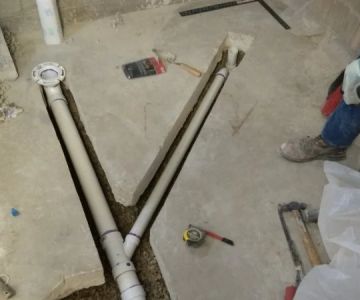
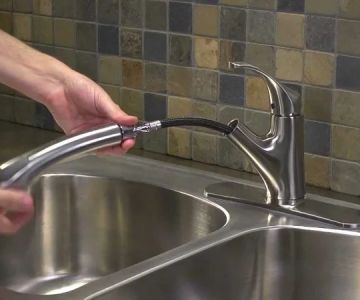



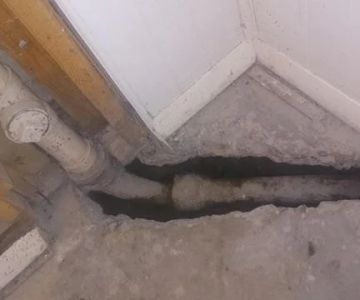
 Oakland Plumbing LLC5.0 (17 reviews)
Oakland Plumbing LLC5.0 (17 reviews) Midwest Plumbing & Service4.0 (7 reviews)
Midwest Plumbing & Service4.0 (7 reviews)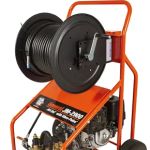 Moberly Plumbing4.0 (117 reviews)
Moberly Plumbing4.0 (117 reviews)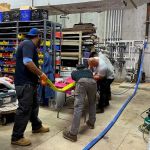 American Trenchless Technologies4.0 (8 reviews)
American Trenchless Technologies4.0 (8 reviews) Tony's Plumbing3.0 (12 reviews)
Tony's Plumbing3.0 (12 reviews) Socal Plumbing Co5.0 (5 reviews)
Socal Plumbing Co5.0 (5 reviews) How to Repair a Hairball Clog Without Harsh Chemicals
How to Repair a Hairball Clog Without Harsh Chemicals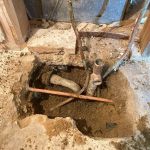 How to Repair a Junction That Is Leaking Under Slab: A Comprehensive Guide
How to Repair a Junction That Is Leaking Under Slab: A Comprehensive Guide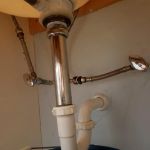 How to Replace a Sink Overflow Tube: A Complete Step-by-Step Guide
How to Replace a Sink Overflow Tube: A Complete Step-by-Step Guide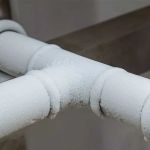 What Causes Frozen Pipes and How You Can Prevent It - Expert Tips
What Causes Frozen Pipes and How You Can Prevent It - Expert Tips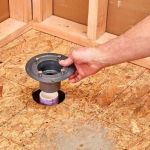 How to Replace a Shower Niche Drain: Step-by-Step Guide for Homeowners
How to Replace a Shower Niche Drain: Step-by-Step Guide for Homeowners How to Replace an In-Wall Shower Drain: Step-by-Step Guide
How to Replace an In-Wall Shower Drain: Step-by-Step Guide